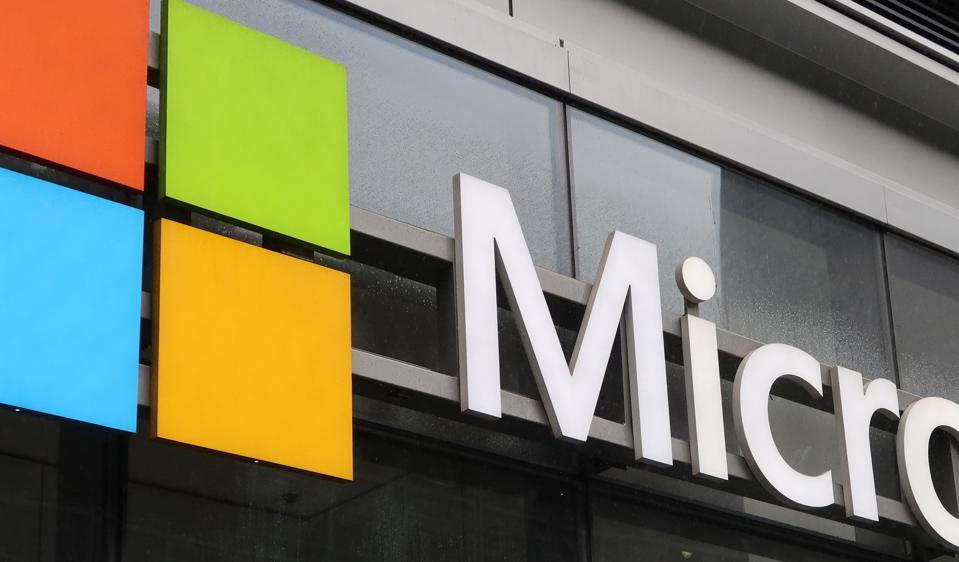Decision time for millions
Republished on June 24 with Microsoft’s sudden offer to extend Windows 10 support..
Another suggestion this week that the decision to keep Windows 10 may soon be impossible, with all owners of eligible PCs forced to upgrade. That would put a deadline on the free upgrade offer before it’s taken out of your hands. As I’ve warned before, Microsoft’s small print on recent Windows 10 updates opens up that risk.
Earlier this year, the Windows-maker forcibly installed its new Outlook client on Windows 10 devices, and then did the same with Windows 11 24H2 for PCs running Home and Pro editions of Windows 11 “that are not managed by IT departments.”
But the more critical confirmation came last year, when the company auto-installed the KB5001716 patch on Windows 10 PCs, warning it may now “attempt to download and install feature updates to your device if it is approaching or has reached the end of support for your currently installed Windows version.”
That affects 400 million Windows 10 users. As another wave of Windows 10 upgrade warnings floods social media, Windows Latest points out that “Windows 10 support ends on October 14, and it can be extended for a year if you pay $30. Otherwise, Microsoft will force upgrade supported PCs to Windows 11 whether you like it or not.”
There are two questions that will shape the next 100 days. First, how many eligible Windows 10 PCs will upgrade. On that note, this month has seen some surprisingly good news for Microsoft, as millions suddenly upgrade after months of inertia, meaning Windows 11 is poised to overtake Windows 10’s market share for the first time.But it’s not there yet — alarmingly more than half of all users remain on Windows 10.
Second, how many PCs are not capable of that free upgrade. Analysts think there are at least 240 million of those PCs, but there could be many more. These can’t be forcibly upgrades and are not eligible for a free upgrade of any kind. Those users will need to pay Microsoft for a 12-month security update extension or will be left open to attack.
That Windows 10 deadline is October 14. Microsoft and PC OEMS are pushing hard for those 240 million users — and plenty of those with eligible devices as well — to buy new Copilot PCs. This is all about “securing your future” the company warns PC owners.
Meanwhile, millions of Windows 10 users are finally switching in droves. Last week, it seemed clear that Windows 11 was set to catch Windows 10’s global market share for the first time — at least according to the best data available to Statcounter.
Well, that has now happened. On June 24, both versions of Windows reportedly had 47.65% of the Windows OS market — that’s a huge milestone for Microsoft. The primary question has not changed though — when does that hard ceiling hit, at which point we’ll know how many users need new hardware or to pay that $30 to maintain support.
That means Windows 11 has closed a 10% gap in just 3 weeks — again according to the available data, which will not be exact but will be illustrative and directional.
As for those needing new PCs, The Register reports that “fresh stats from channel watcher Context this week show that in the first two months of calendar Q2 (April and May), distributors and resellers across Europe shipped 22 percent more desktops to enterprise customers.” This has driven revenue up 17% year-on-year.
Meanwhile, there’s some good news for those Windows 10 users without PCs eligible for the Windows 11 upgrade. Microsoft has suddenly revealed an almost free 12-month support extension for those users, giving them additional time.
“We understand that moving to a new PC can take time, and we’re here to support you every step of the way,” Yusuf Mehdi, the company’s consumer CMO, posted on June 24.
“The Windows 10 Extended Security Updates (ESU) program is designed to help keep your Windows 10 PC protected after support ends on Oct. 14, 2025. ESU delivers monthly critical and important security updates to help you stay secure during the transition. However, it’s not meant to be a long-term solution—it doesn’t include new features, non-security updates, design change requests or technical support.”
Confirming these “additional free enrollment options”, Mehdi detailed three different options for consumers to secure the additional time.
- “Use Windows Backup to sync settings to the cloud—at no additional cost.
- Redeem 1,000 Microsoft Rewards points—at no additional cost.
- Pay $30 USD (local pricing may vary).”
This will be enabled by way of “an enrollment wizard” that “will be available through notifications and in Settings, making it easy to enroll in ESU directly from your personal Windows 10 PC.” From there, you can pick your option.
But as The Verge points out, “Windows Backup uses OneDrive, so while it’s possible to stay below the 5GB of free storage, if you have a lot of files stored locally in the Documents folder then you’d need to purchase additional space for Windows Backup to work fully. That’s the catch for free extended updates on Windows 10.”
As I’ve suggested before, it was always likely Microsoft would smooth the way for users to fudge the October 14 date, to stop any mass support exodus. We will see how this new offer lands, but the hard red line that was October 14 is now softening.






